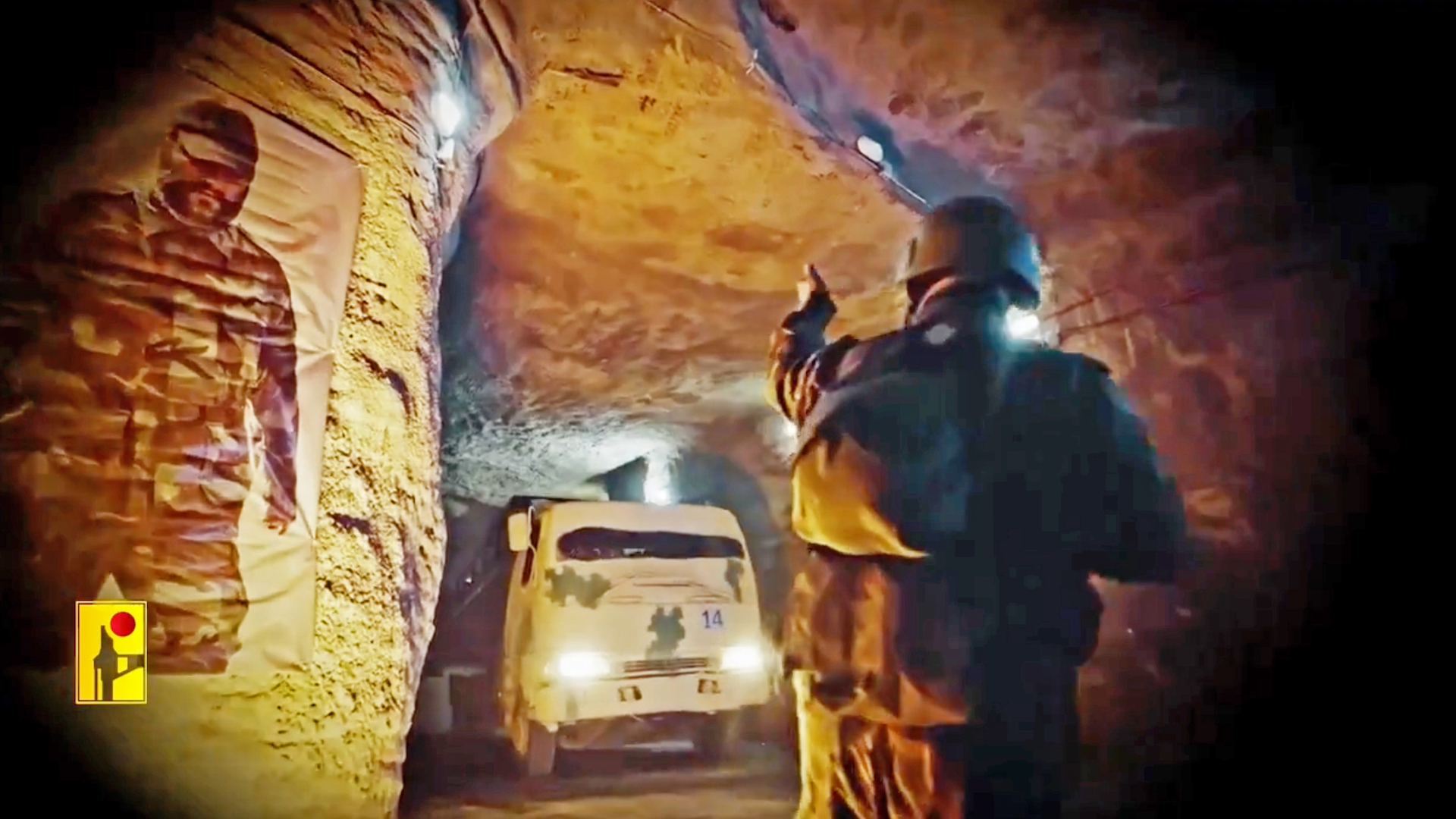Hezbollah has released a video providing a rare look inside its extensive network of tunnel systems, including concealed heavy multiple rocket launch systems that can be fired from underground. This is all part of an extensive arsenal of weapons that could be employed against Israel, something that you can read about in more depth here. The release of the footage comes as tensions in the Middle East remain high, with fears of an all-out conflict between Israel and Hezbollah as well as a potential broader conflict involving Iran and other Iran-aligned militias.
The video in question was published by Hezbollah today, initially on the official Telegram account of the Lebanon-based pro-Iranian Al Mayadeen news channel.
Immediately obvious is the scale of the tunnels themselves, with those that are shown being wide enough to easily accommodate truck-based multiple rocket launch systems. Various motorcycles can also be seen speeding through the underground passages. Accessed behind heavy blast doors, the tunnels are equipped with lighting and communications systems, while the walls are adorned with propaganda posters.
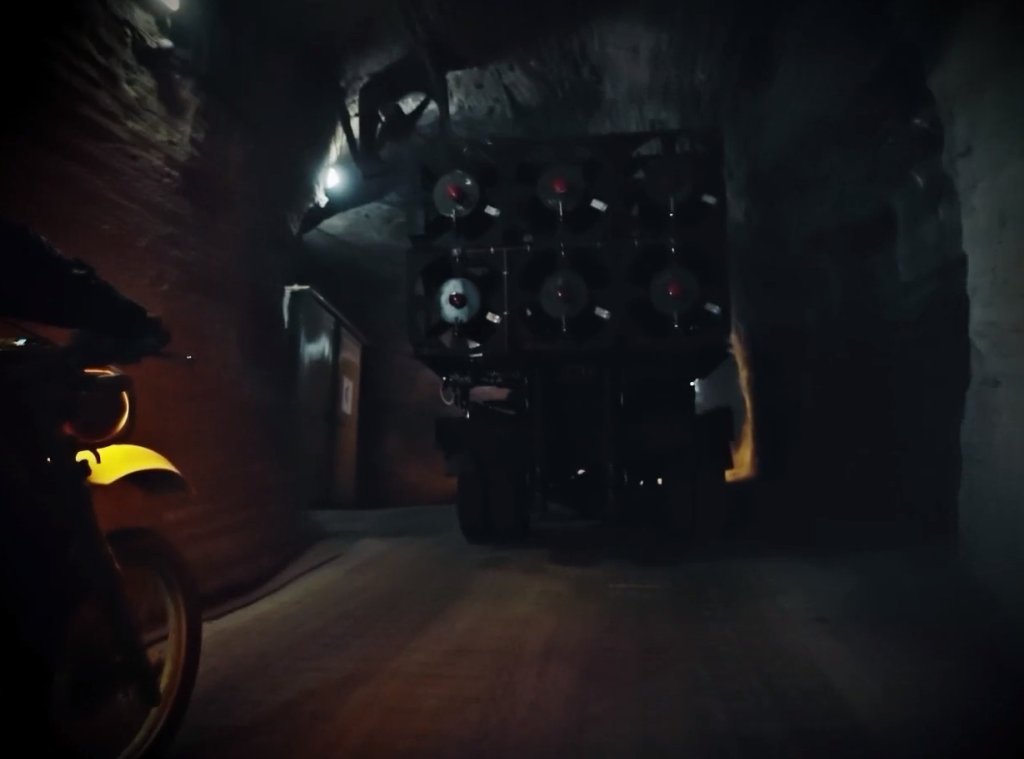
Perhaps most interesting are the apertures cut into the roof in certain parts of the tunnel, which allow rockets to be fired without the launch vehicles having to leave the tunnels. Similar to the Iranian tunnel networks for ballistic missiles, this means the rockets can be moved around the tunnels, making them even harder to target, even with bunker-busting weapons. In fact, the possibility that the video was actually shot in Iranian tunnels as a propaganda strategy should not be discounted, although there is no proof that is the case at this time.
The size of the tunnels would allow plenty of reloads, so huge barrages could potentially be launched from relative safety. At the same time, the design of these tunnels is usually such that even if one of the apertures is struck by a missile or bomb, the rest of the tunnel network survives intact, meaning that a hazardous ground assault might be needed to fully clear the underground network.
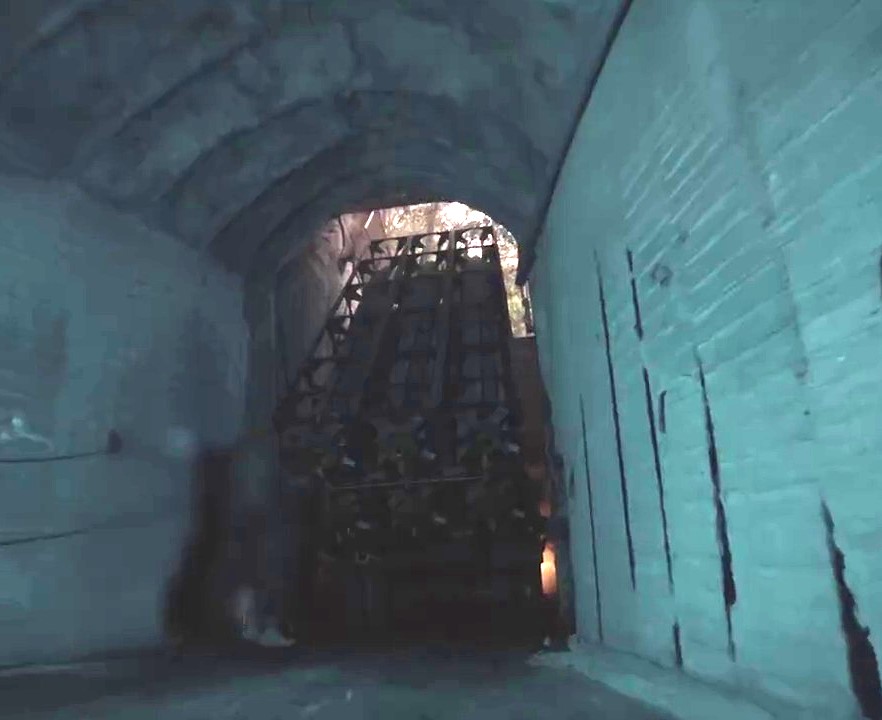
The truck-mounted multiple rocket launch systems seen in the video appear to be examples of the Khaibar-1 (also referred to as the M-302), a Syrian-made 302mm caliber weapon. These unguided rockets are fired from rail-type launchers, normally carried in box launchers with a capacity of four or six rounds. Fitted with characteristic fixed tailfins, the Khaibar-1 can be launched from fixed positions or mounted on trucks and semi-trailers. The rocket has a reported range in the region of 62 miles, carries a 331-pound warhead, and has a launch weight of around 1,653 pounds.
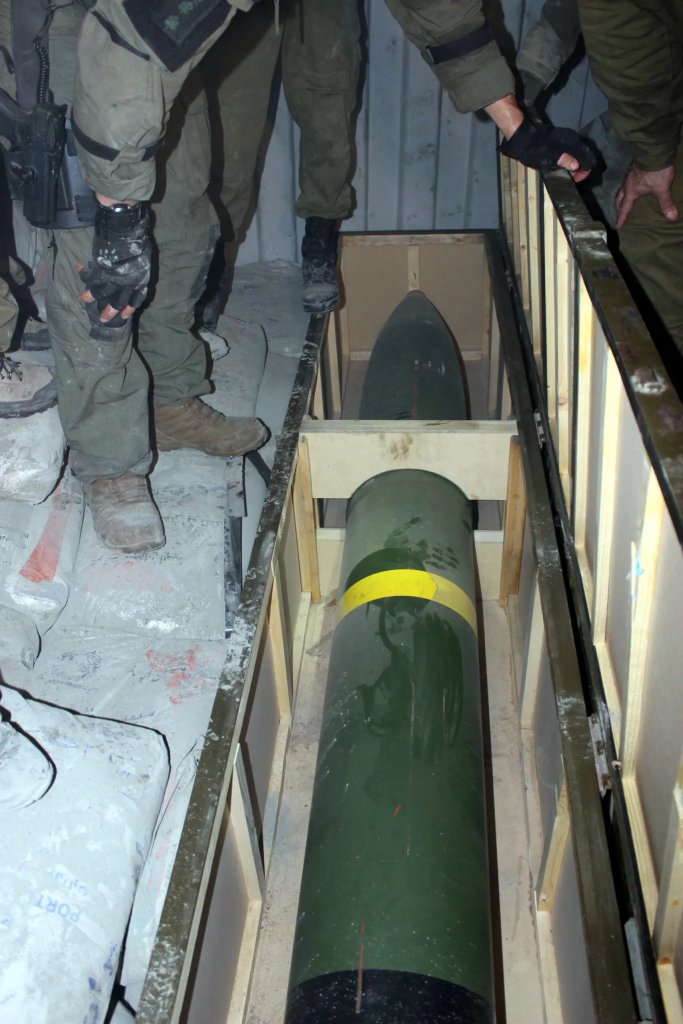
Use of the Khaibar-1 by Hezbollah dates back at least as far as the conflict with Israel in 2006 and, as we have discussed in the past, it is judged to be one of the more capable designs in the Hezbollah rocket arsenal, with better accuracy and generally easier to handle than comparable weapons used by the group.
The video includes a warning to Israel, stating that the country “will face a destiny and reality it didn’t expect any day. War with us [Hezbollah] extends across all of Palestine from the Lebanese border to the Jordanian border. To the Red Sea, to Kiryat Shmona [in the northern of Israel, near the Lebanese border], to Eilat.”
“These targets are in our possession, and these missiles are placed, deployed, and focused on targets in perfect security,” the video adds.
Hezbollah’s underground tunnel network is far more sophisticated than that used by Hamas in Gaza and, according to Israeli reports, it starts in the south of Lebanon before snaking up to the border with Israel and even into Israeli territory. In all the tunnel network is thought to extend over hundreds of kilometers, at least according to Israeli accounts, although the vast majority of this network comprises far more modest and narrow tunnels than those seen in the video.

As well as accommodating rockets, and perhaps also missiles and even drones, as well as other weapons caches, the tunnels provide a means for Hezbollah to bring fighters closer to Israel — and even into Israel itself. Tunnels like these can be used to launch surprise attacks. The IDF is acutely aware of the threat posed by Hezbollah in the border area and has, in recent months, taken a variety of measures to try and flush out militants.
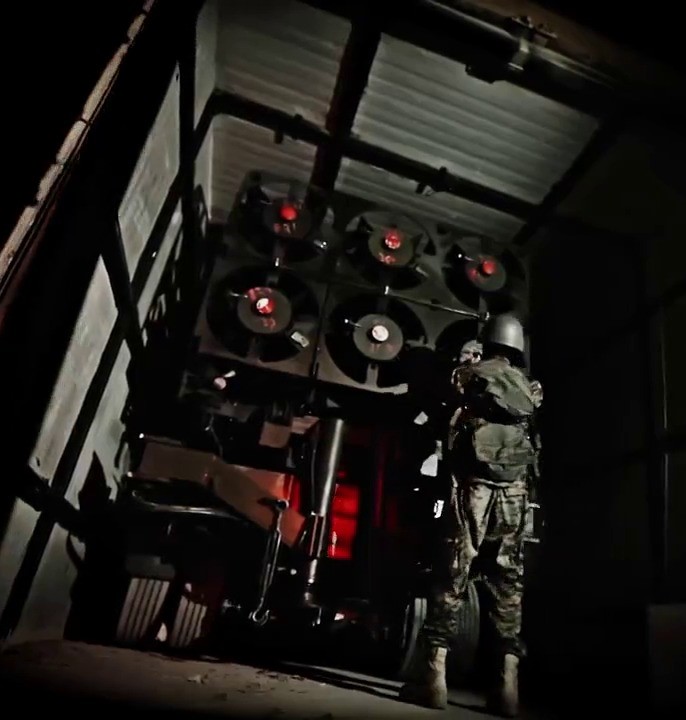
The Times of Israel cites research from Tal Beeri, a former member of the Israel Defense Forces (IDF) and now a director at the Alma Research and Education Center, which focuses on Israel’s northern border, who has gathered details on the Hezbollah tunnels using open-source intelligence.
Beeri describes a “map of polygons,” which outlines the locations of apparent tunnels in the south of Lebanon, with their footprints extending to 36 different regions, towns, and villages.
“In our assessment, these polygons mark Hezbollah’s staging centers as part of the ‘defense’ plan against an Israeli invasion of Lebanon,” Beeri says. “Each local staging center (‘defense’) possesses a network of local underground tunnels. Between all these centers, an infrastructure of regional tunnels was built, interconnected [with] them.”
Beeri outlines different types of tunnels, including attack tunnels that are designed to launch offensive military operations against Israel and which are large enough to accommodate pickup trucks as well as medium-sized trucks. Some if not all of these are assumed to surface within Israeli territory.

The Alma Research and Education Center also believes that Hezbollah has built several so-called proximate tunnels, similar to attack tunnels but not crossing the border.
Tactical tunnels, by contrast, are smaller and can accommodate movements by people and, in some cases, motorcycles. These are typically used to provide cover for militants, who can also fire from tunnel shafts, before going back underground to rearm and rest.
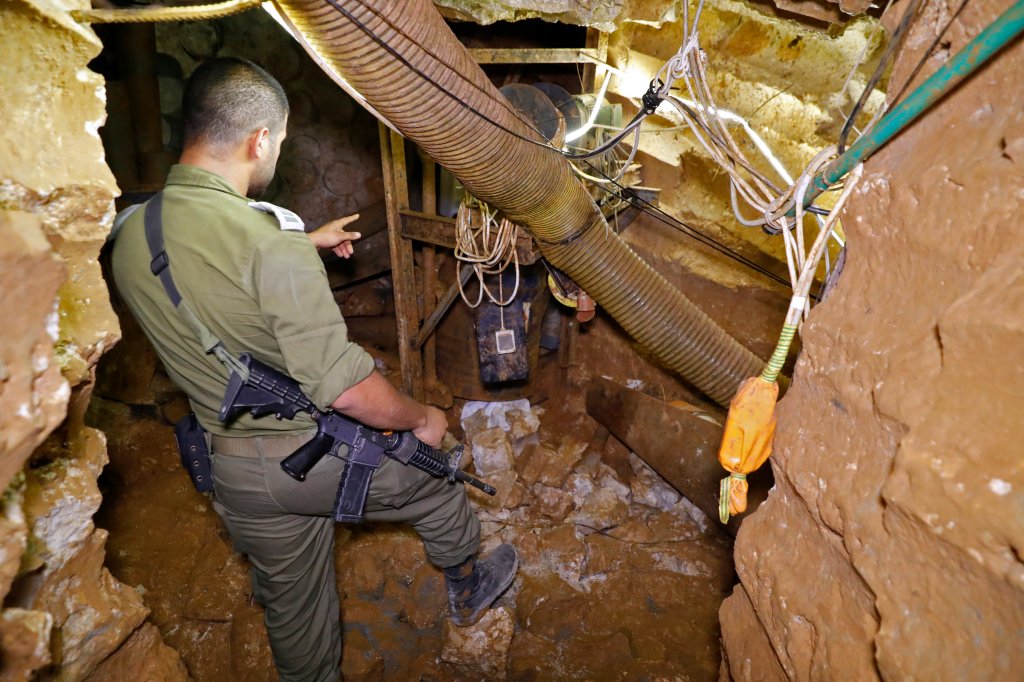
Finally, there is the category of explosive tunnels, which are intended only to accommodate explosives. These would then be detonated when the IDF advances on the ground inside Lebanon.
While Hezbollah is primarily backed by Iran, Israeli assessments suggest that North Korea played a significant role in Hezbollah’s tunnel project, dating back as far as the 1980s. This would make sense given North Korea’s long experience in digging tunnels in mountainous and rocky areas, although Iran, too, likely also provided direct assistance. Notably, there are some clear parallels between Hezbollah’s underground tunnel systems with their concealed multiple rocket launchers and the underground Iranian bases containing rockets and missiles.
Potentially more worrying than the multiple rocket launch systems seen in the video released today are accounts from Israel that Hezbollah may also use its tunnels to accommodate more capable ballistic missiles, namely the Iranian-made Fateh-110 short-range ballistic missile (SRBM).
Capable of hitting targets at a distance of 155-186 miles, the Fateh-110 is a road-mobile system and one of the longest-ranged weapons in the Hezbollah arsenal. The SRBM carries an high-explosive (HE) warhead weighing around 1,000 pounds and reportedly has a circular error probable (CEP) of 1,640 feet. However, the Fateh-110 has become increasingly accurate in later variants and derivatives, with GPS-assisted guidance added.
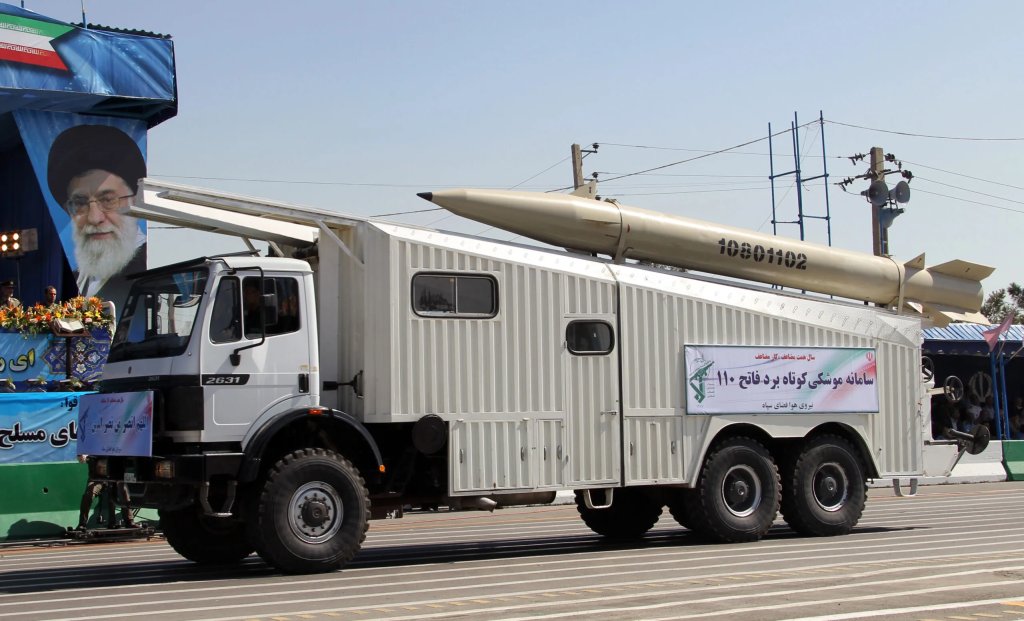
It’s worth noting that the latest Iranian-operated Fateh-110 derivatives, which were used to target a U.S. military base at Erbil, in Iraq, in March 2022, as well as on other targets in Syria, appear to be much more accurate than earlier versions, offering true precision strike capabilities. While it’s unclear if Hezbollah uses the latest versions, the weapon already poses a significant threat to Israel.
As we have discussed in the past, a major shortcoming of the Fateh-110 is its bulky transporter-erector-launcher (TEL), which makes is it hard to conceal. Placing these weapons in tunnels, and firing them from there, get around this problem, while still offering the advantage of being able to hit targets deep in Israel when fired from the north of Lebanon.
Even if the Fateh-110 TEL had to leave the tunnel before firing its missile, the ability to ‘pop-up’ to launch before disappearing back underground would provide Israel with only a limited window of opportunity to hit the system while it was out in the open.
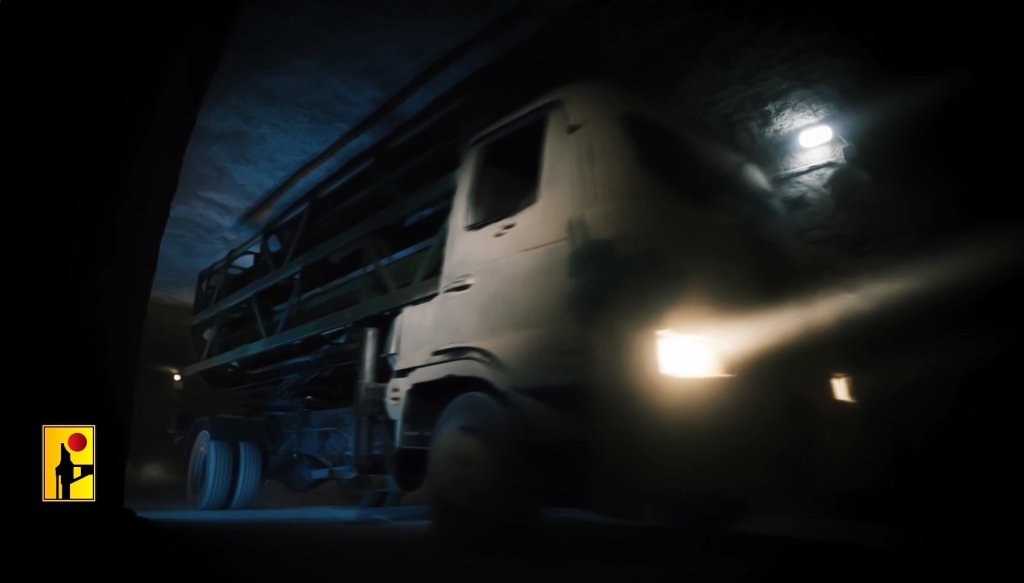
Overall, the Hezbollah tunnel network presents a significant threat to Israel and one that appears to be growing in size and sophistication. While the group was known to have extensive tunnel networks for many years, the positioning of heavy rocket artillery underground, combined with aperture-firing capabilities, albeit with shorter-range weapons compared with Iran, seems to be new.
It’s hardly a surprise that Hezbollah is taking the opportunity to showcase these capabilities now, with tensions with Israel — and in the wider region — at a high.
Since the assassination by Israel of Hezbollah military commander Fuad Shukr in Beirut, on July 30, the group has threatened some kind of retaliation against Israel. This could involve a joint effort with Hamas, whose political leader Ismail Haniyeh was assassinated in Tehran a day after the killing of Shukr. At the same time, there is the continued specter of a massive attack on Israel by Iran, which would also very likely involve these and perhaps other proxies, something that we have discussed at length in the recent past.
In the meantime, action between Israel and Hezbollah has been limited to cross-border fighting, which has recently intensified, and has also seen the evacuation of tens of thousands of civilians.
Should an all-out conflict between Israel and Hezbollah erupt, it seems very likely that the group’s tunnel network will play a role. At the very least, its existence provides a challenge to Israel, which is already facing a group identified as the world’s most heavily armed non-state actor. Having rockets and soldiers protected deep below ground makes it that much harder to locate these threats, let alone eliminate them, a message that today’s video very deliberately conveys.
Contact the author: thomas@thewarzone.com
